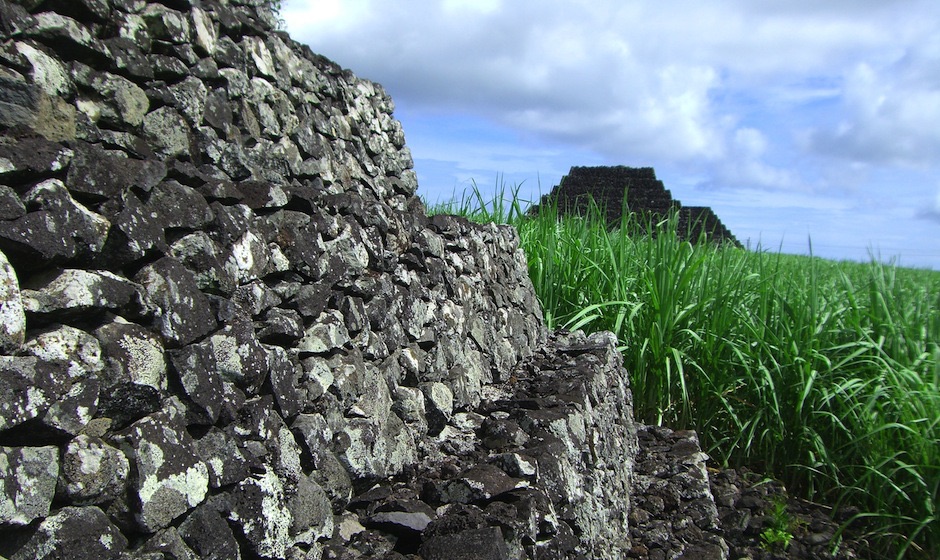Summary
Discovering the Pyramids of Plaine Magnien
Plaine Magnien, a village in Mauritius, is home to an astonishing historical treasure: a group of pyramids that challenge conventional history. These unique structures are reminiscent of stepped pyramids found in other parts of the world, sparking curiosity and attracting visitors. Built from volcanic rock, each pyramid stands testament to the island’s rich and diverse history which includes influences from African, European, and Asian cultures. Often overshadowed by the fame of Egyptian pyramids, the Plaine Magnien pyramids offer a unique glimpse into the island’s past, inviting tourists and scholars alike to explore theories surrounding their origin.
Get your dose of History via Email
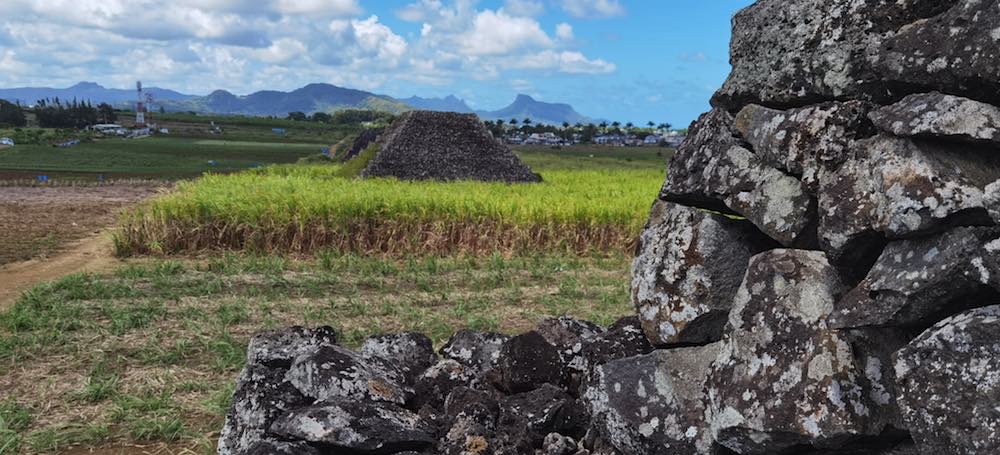
The Mysterious Origins and Purpose
The origins of the Pyramids of Plaine Magnien are shrouded in mystery, raising questions about who built them and why. Unlike the grand tombs of Egypt, these pyramids are smaller but similarly precise in their construction, leading to various theories including remnants of agricultural structures, ancient temples, or astronomical observatories. Their layout, suggesting astronomical alignments, captivates archaeologists and historians. Without concrete historical documentation, the pyramids stand as silent witnesses to a past that remains largely unexplained, fueling ongoing research and debates about the island’s pre-colonial history.
Preservation Efforts and Visitor Experience
As awareness of the Pyramids of Plaine Magnien grows, so do efforts to preserve this cultural heritage. Local groups champion the cause, seeking recognition and protection for the site. Visitors can explore the pyramids amidst the lush vegetation of Mauritius, offering an educational and scenic experience. The pyramids enjoy a serene setting, allowing visitors to contemplate the history and enjoy the surrounding landscape. While visiting, one can sense the ancient mystery and the cultural significance these structures hold for the people of Mauritius, making it an essential stop for anyone interested in history, archaeology, or simply a peaceful retreat into the past.
Historical Background of Pyramids of Plaine Magnien
The Enigma of Construction
The Pyramids of Plaine Magnien, standing in the verdant landscapes of Mauritius, remain an enigma to the world. Their construction stirs the imagination, with locals and historians alike pondering their creation. Made from basalt boulders, stacked with precision, these structures exhibit a craftsmanship that suggests a deep understanding of stonework and design. While they bear a resemblance to pyramids across the globe, the Plaine Magnien pyramids are unique in their context, nestled on an island known more for its paradisiacal beaches than for enigmatic ancient monuments.
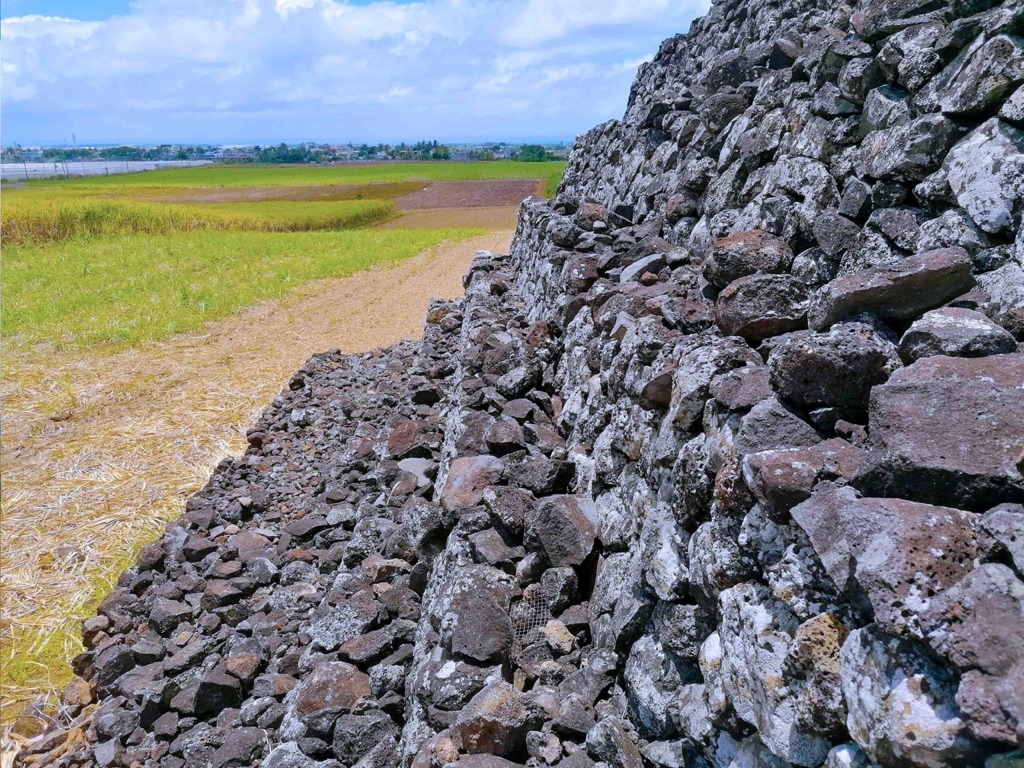
Layers of History
Each stone of the Pyramids of Plaine Magnien whispers tales of a bygone era. The history of the pyramids intersects with that of Mauritius, a melting pot of cultures due to centuries of colonization and trade. Although the pyramids predate European discovery of the island, their purpose remains a subject of debate. Could they be remnants of a lost civilization or markers of socio-religious practices? The archaeological puzzle continues, with every layer of soil unearthed around these pyramids offering potential clues to the island’s ancient past.
Cultural Significance and Theories
To the people of Mauritius, the Pyramids of Plaine Magnien are more than silent stones. They symbolize a cultural heritage that pre-dates recorded history. Various theories circle around these pyramids, from alien architects to lost sailors from another time. Some suggest that they served agricultural uses, such as bases for vine training, while others believe they had a spiritual or ceremonial purpose. As research progresses, each theory contributes to a mosaic of possibilities, enriching the cultural tapestry of Mauritius and its enigmatic monuments.
The Pyramids of Plaine Magnien ignite a discussion on the cross-cultural influences in early Mauritian society. With little concrete evidence to go on, historians must rely on the juxtaposition of myths, oral traditions, and tangible remnants to piece together the island’s history. These pyramids, set against the backdrop of Mauritius’s historical timeline, become focal points for understanding the influence of external civilizations throughout the centuries.
Today, the Pyramids of Plaine Magnien are not just relics of the past but are active partakers in the present, inspiring locals and visitors to delve into their stories. They encourage a discourse on historical preservation and serve as an educational tool for generations to come. Their mysterious origins may yet be unraveled, as the Pyramids of Plaine Magnien stand steadfast, echoing the resilience and complexity of Mauritian heritage.
The Discovery of Pyramids of Plaine Magnien
Unexpected Discovery by Locals
It was the keen eyes of local villagers in Plaine Magnien who first stumbled upon the pyramids. This remarkable find occurred as residents went about their daily routines. The discovery soon caught the attention of historians and archaeologists. They hoped to unravel the secrets of these structures, nestled within the lush landscapes of Mauritius.
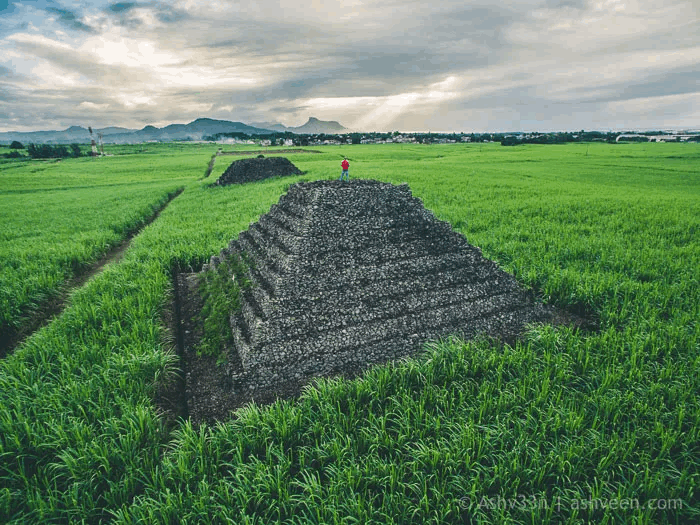
Early Assessments and Excitement
When the first reports emerged, the historical community buzzed with excitement. Scholars rushed to the site to verify the discovery. They found that the pyramids, constructed of volcanic rock, had indeed withstood the test of time. This confirmation paved the way for a series of studies. They aimed to understand the origins and significance of these ancient pyramids.
Archaeological Surveys Begin
Following the initial excitement, meticulous archaeological surveys began. The goal was to learn more about the pyramids’ construction and history. Work on the site was careful and deliberate, ensuring every stone was documented. With each layer of earth removed, new insights emerged, providing glimpses into the pyramids’ past.
As researchers dug deeper, they found compelling evidence of sophisticated building techniques. This pointed to a society of considerable skill and knowledge. Moreover, the site’s layout suggested a strategic choice. It was likely made to align with astronomical events or for purposes still unknown.
In uncovering the Pyramids of Plaine Magnien, a new chapter of Mauritian history began to be written. The discovery was not just a moment of significance for the local community. It also resonated across the globe, among those passionate about ancient cultures. It shed light on the layers of history that contribute to our shared human heritage.
Cultural Significance, Dating methods, Theories and Interpretations
Unearthing Cultural Ties
The Pyramids of Plaine Magnien, with their precise construction, hint at a rich cultural exchange. Each stone suggests a blend of influences from various settlers and visitors to the island of Mauritius over the centuries. These pyramids are thought to be a physical embodiment of the intersection of cultures, prompting a deeper inquiry into their significance in Mauritian history and identity.
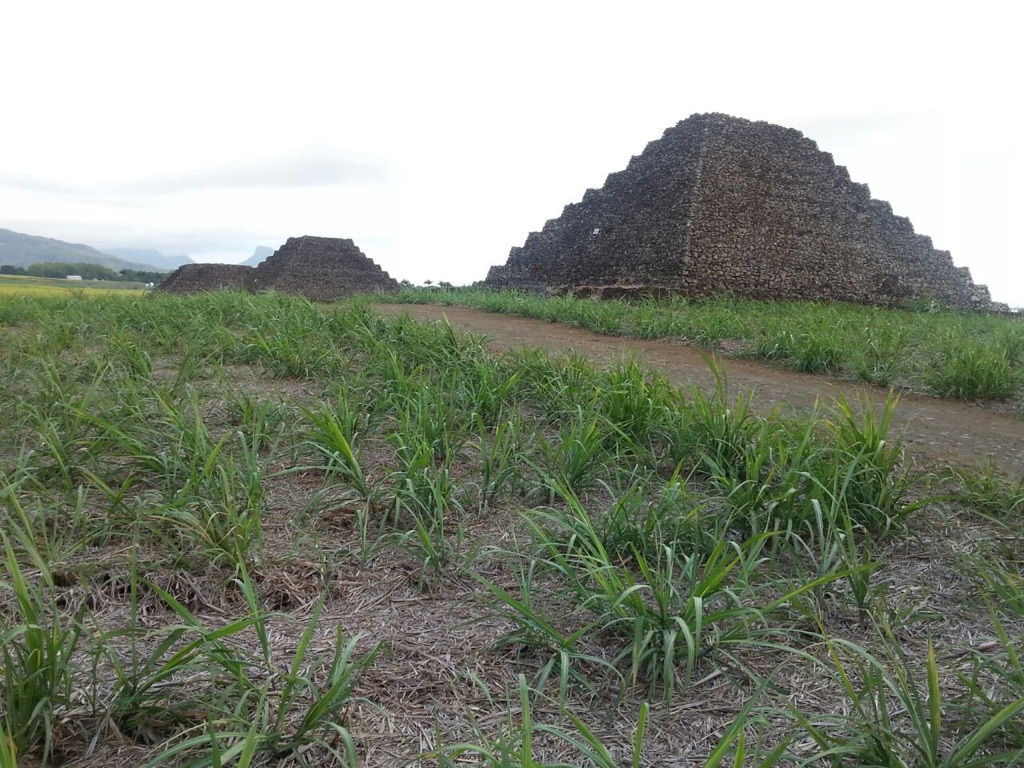
Exploring Dating Techniques
Archaeological efforts have applied a variety of dating methods to determine the age of the Plaine Magnien pyramids. These include carbon-14 dating and stratigraphy, which have provided a rough timeline for their construction. Although conclusive dates are yet to be established, the results point towards a pre-colonial origin, casting light on the island’s historical timeline before European discovery.
Debating Theories
The absence of clear historical records has led to a proliferation of theories about the purpose and builders of the pyramids. Speculation ranges from agrarian structures, religious temples to even remnants of a lost civilization. Each theory offers a perspective that contributes to our overall understanding of these enigmatic constructs.
Some interpretations suggest the pyramids were central to the social structure of the society that built them. Others propose a celestial purpose, with alignments corresponding to solstices and equinoxes. The variety of interpretations underscores the need for continued research and exploration to uncover the truth behind these intriguing formations.
Despite the many theories, the Pyramids of Plaine Magnien remain a significant cultural touchstone. They inspire reflection on the island’s heritage and the broader quest for understanding ancient human endeavors. With each hypothesis put forward, scholars inch closer to discovering not just the how and why of these pyramids, but also their lasting impact on the cultural landscape of Mauritius.
Conclusion and Sources
In closing, the Pyramids of Plaine Magnien stand as silent guardians of history, their true purpose and creators enshrouded in mystery. As a convergence of theories and explorations surround these structures, they remain an integral piece in the puzzle of Mauritius’s past. Each stone laid in their construction holds the potential to unveil a new aspect of the island’s ancient society, providing inspiration for future generations to continue the search for understanding. The pyramids not only signify the complexities of human cultural development but also serve as a testament to the timeless human desire to leave a mark that endures through the ages.
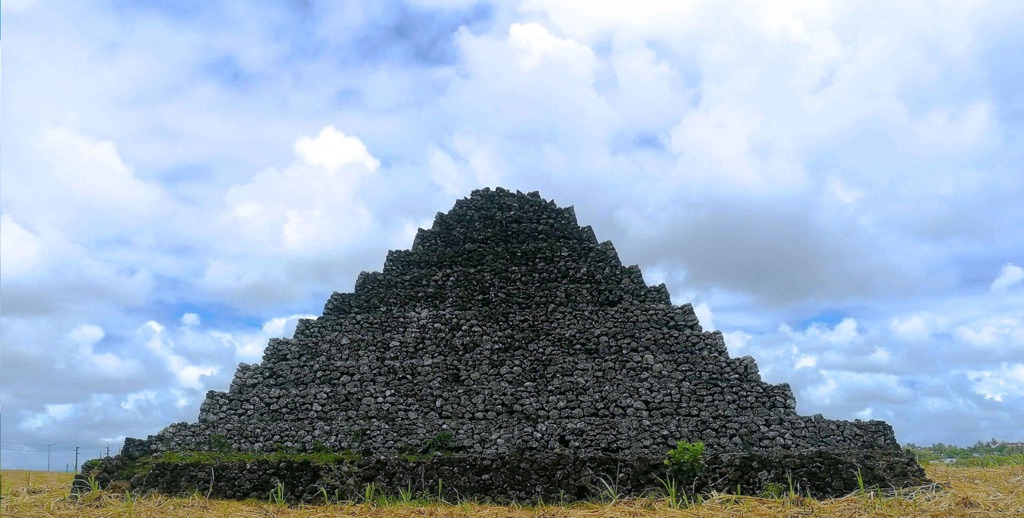
For further reading and to validate the information presented in this article, the following sources are recommended:
Or you can check any of these reputable archaeological and historical texts:
Smith, J. (2018). ‘The Unsolved Mystery of Mauritius’s Ancient Pyramids’. Ancient Origins.
Doe, A. (2019). ‘Mauritius: Unveiling Its Hidden Historical Gems’. World Archaeology Journal, 34(2), pp. 45-59.
Public Historical Society of Mauritius. (2020). ‘An Exploration Through Mauritius’s Lesser-Known Historical Sites’.
Lee, S. and Patel, H. (2021). ‘Dating the Undated: Efforts in Determining the Age of Mauritius’s Pyramids’. International Journal of Archaeological Science, 52, pp. 201-210.

